There are around 5 figures that give life to the largest crib made in the country and which, after 600 days of being assembled, opened the doors of the António Aleixo Cultural Center, in Vila Real de Santo António, to tell the story of the birth of Jesus to thousands of visitors expected by January 40th.
Every year, through the hands of Teresa Marques and Augusto Rosa, two employees of the City Council, the well-known nativity scene in Vila Real de Santo António is born. The traditional story of the birth of Baby Jesus is always fulfilled, but the arrangement of some of the figures is changed each new year, with pieces to be added or removed.
Since it started in 2002, «the crib has been growing» and now, with space becoming more and more limited, the 230 square meters have been maintained. «We have not increased in size, but in quality, with the incorporation of new figures and props», says Teresa Marques, as she presents her work to Sul Informação, at the inauguration of the crib that took place last Tuesday.
«This is a very challenging job, everything comes out of my head, with no plans whatsoever». This year, however, "it was even harder to be done" due to a foot problem, which forced Teresa Marques to build the crib "on her knees".
Involved in the construction were around 20 tonnes of sand, four tonnes of stone dust, three tonnes of cork and kilometers of cables and electrical wires, in a work that also included the collaboration of Joaquim Soares and António Bartolomeu.
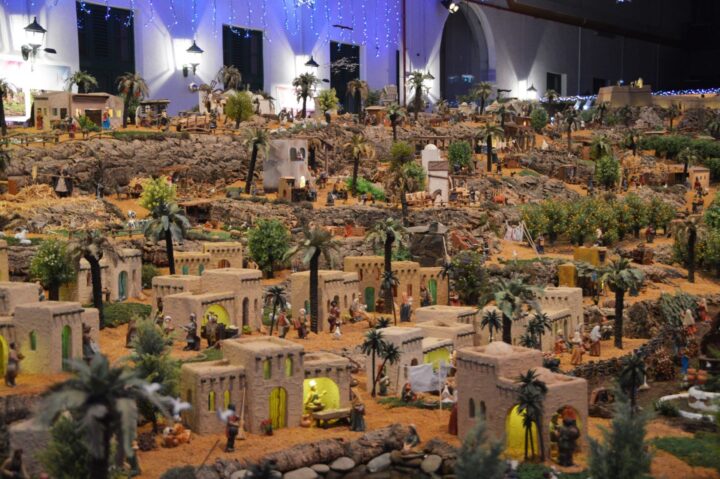
Teresa Marques explains that the crib "tells the traditional story of the birth of Jesus Christ", but there is also space for close to 80 moving pieces, which "depict professions that no longer exist or are almost over".
“There are many professions represented here, from shoemakers to laundry washers, passing through wool spinners or potters”. For schools that visit the crib, this "may be a way to show these professions to younger people, especially children, who have never known them", emphasizes Teresa Marques.
But there you can also see the representation of typical symbols of the Algarve, such as the salt pans, the water-in-law or the old huts on the beach of Monte Gordo, as well as a pillory, «a little in honor of Praça Marquês de Pombal, in Vila Real de Santo António».
Due to the high cost of the figures, most of these pieces, especially those in motion, have been built, in recent years, by Augusto Rosa and Joaquim Soares, which «still gives greater beauty to the nativity scene and makes things happen. many different".
Teresa Marques also says that, «of the approximately 5 600 pieces that we have counted, but I am convinced that there is more», the figure who likes the most is «the woman dyeing wool». He doesn't know if “because of the colors or because he had the idea of doing it, despite having never seen this profession”. What is certain is that, «after we have done the play, many people have already expressed their satisfaction, as it is something that is still done, for example, in Morocco».
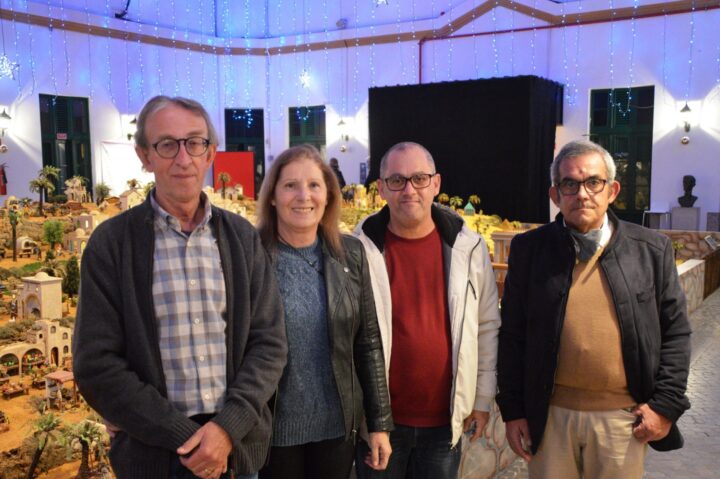
One of the peculiarities of this crib is that, if you visit it on two different days, and if you pay attention to its details, you will notice that some of the figures will be moved. "There are pieces that I keep changing, adding or removing as Christmas Day or Epiphany approaches", emphasizes Teresa Marques, saying that "the challenge that many people have is to visit the crib and keep up with these various changes that I do".
In the first days of December, "I put Mary and Joseph to meet and then I remove these pieces and put Maria on top of the donkey on the way." On the 24th, «Maria and José arrive at the grotto» and, only on the morning of the 25th, does Teresa Marques place the Child in the manger. On that same day, "I put the Three Kings in the desert, on their way to the cave, and they won't arrive there until the 6th of January."
This year, with the crib open to be visited until later, one more scene will be portrayed: Mary's flight to Egypt. "After the Three Kings reach the cave, it is time for Mary to flee, the next day, to Egypt, escaping the Romans killing the babies in her village."
For Álvaro Araújo, Mayor of Vila Real de Santo António, this crib is "a very important milestone for tourism in our territory, this Christmas season", since "it ends up attracting many people who come to visit and enjoy it afterwards. of our commerce, restaurants and hotels, causing the economy to move because of this event».
"We have managed to transform this, which is the biggest nativity scene in this country, into a great Christmas attraction and we want to continue making this a landmark event that brings more and more visitors to our county", stressed the mayor, speaking to Sul Informação.
Teresa Marques expects "thousands of visitors from all over, not like in other years when we had 30 to 35 thousand visits in a month", but that "all those who visit us may enjoy this crib".
«Even today, when I look at all this work, I think to myself: did I do it? It's so beautiful…», he concludes with pride.
The crib can be visited every day, at the Centro Cultural António Aleixo, until the 9th of January, from 10:00 am to 13:00 pm and from 14:30 pm to 19:00 pm. Admission has a symbolic value of 1 euro (0,50 euros for children under ten).
Photos: Rúben Bento | Sul Informação
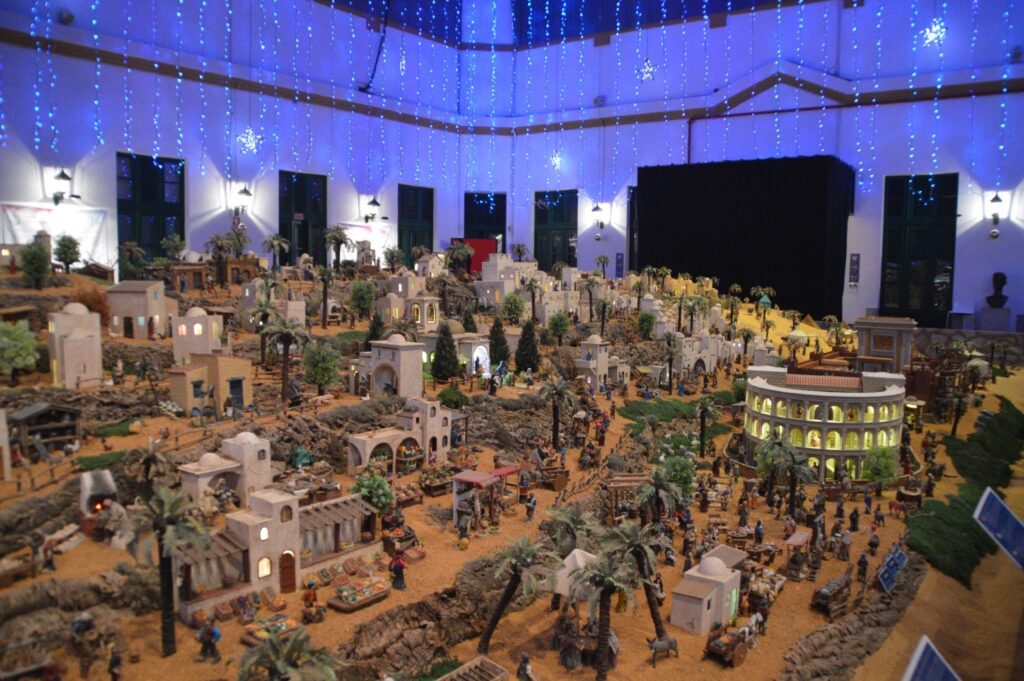
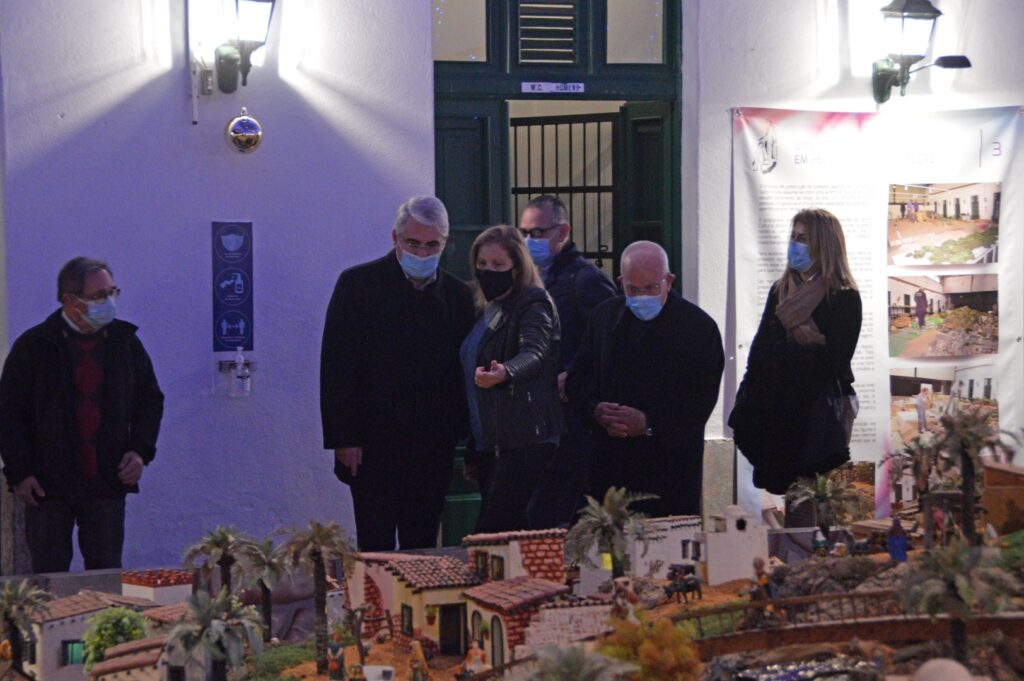
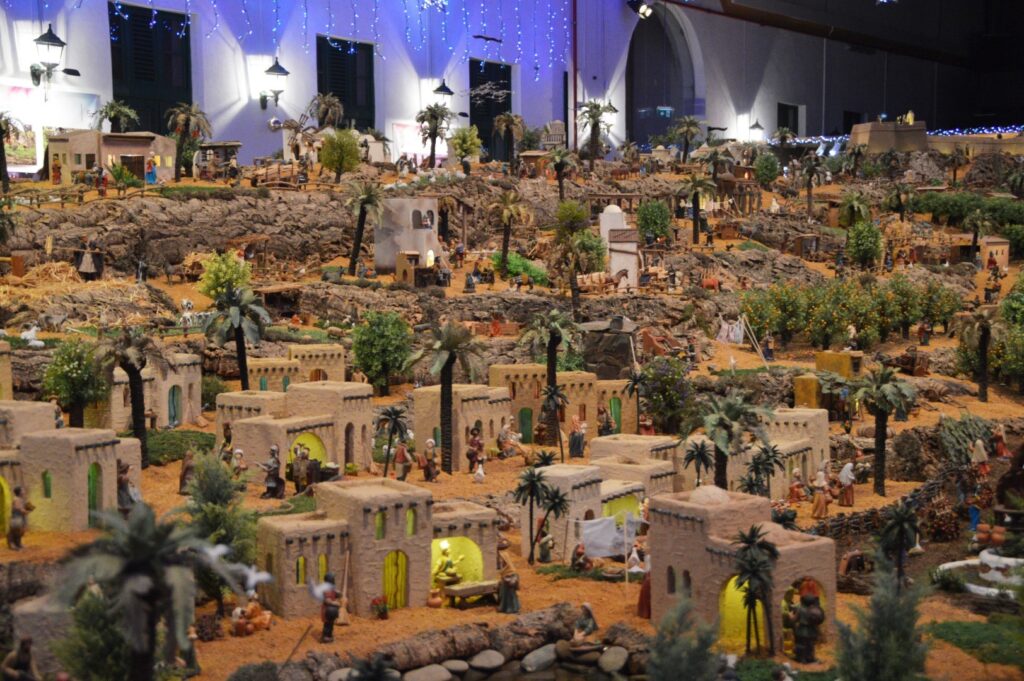
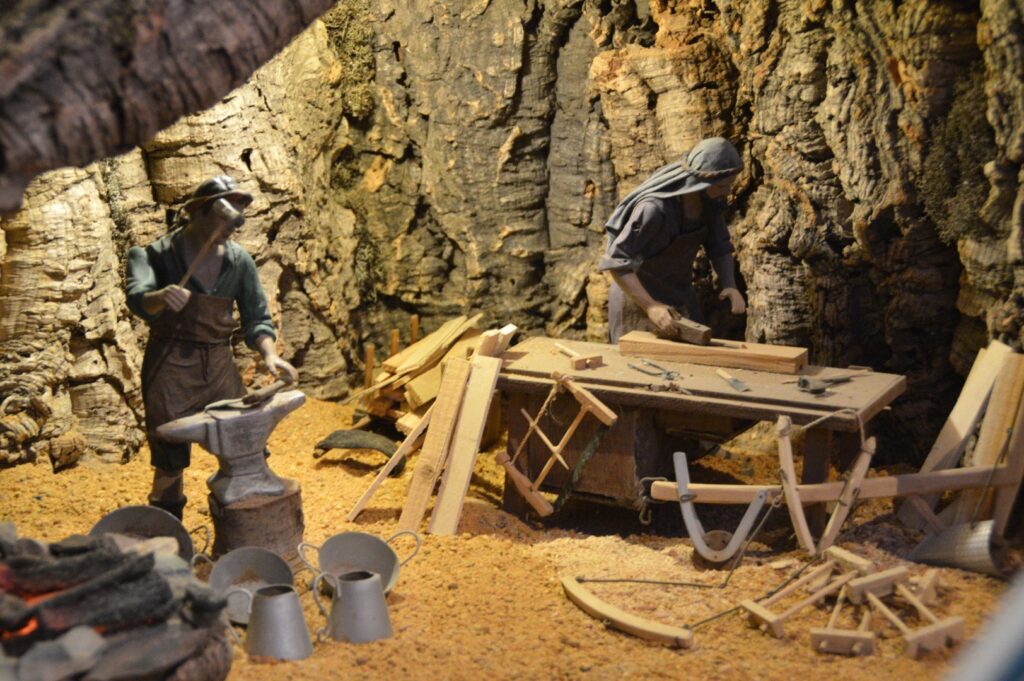
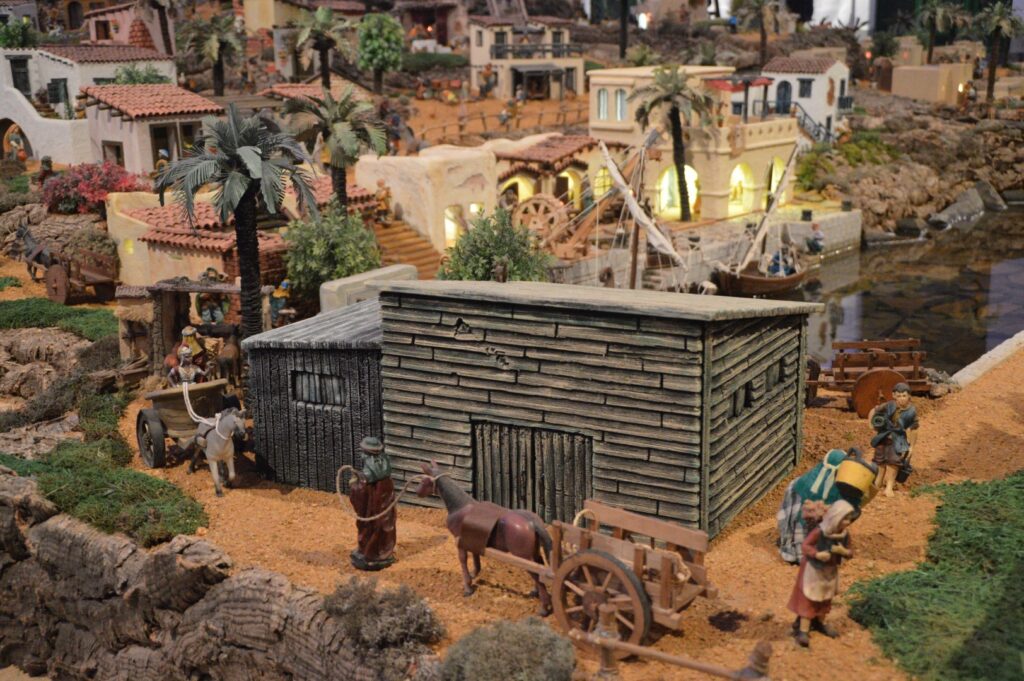
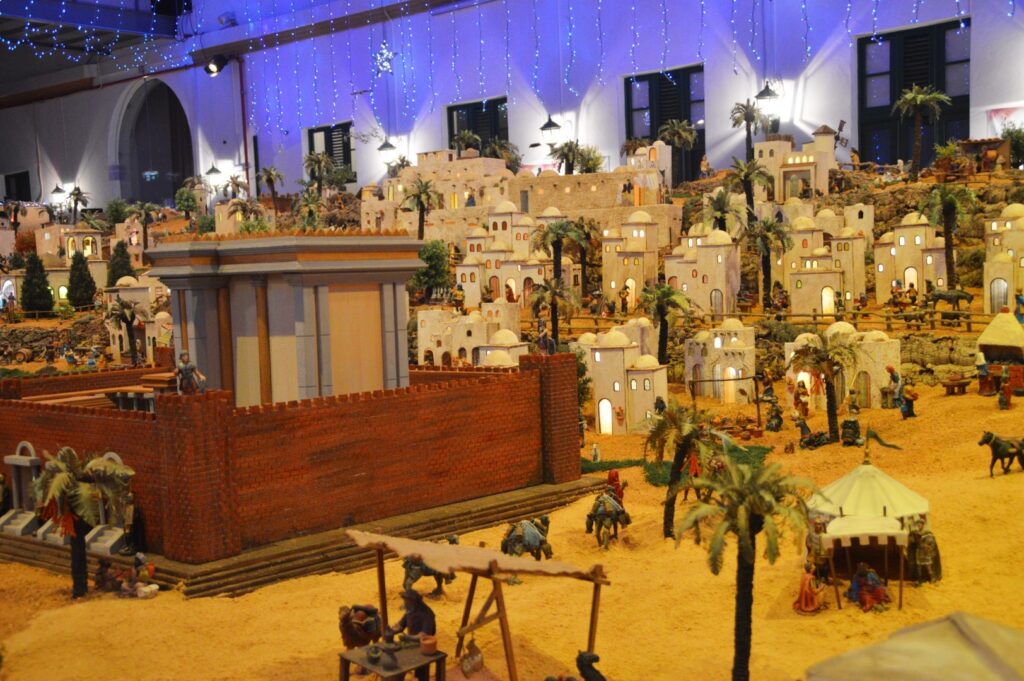
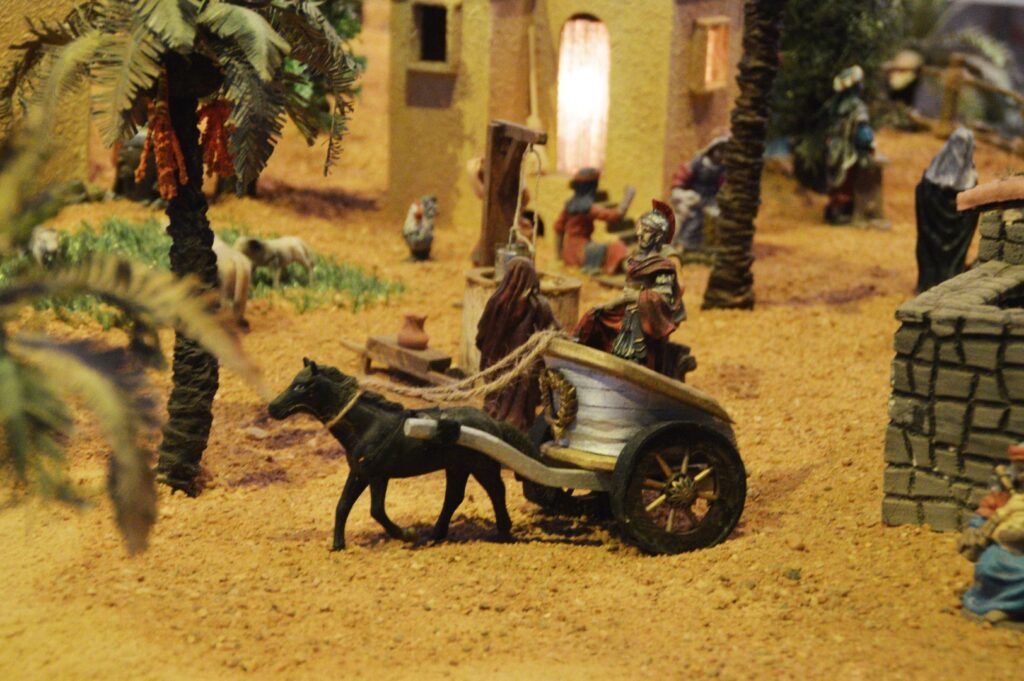
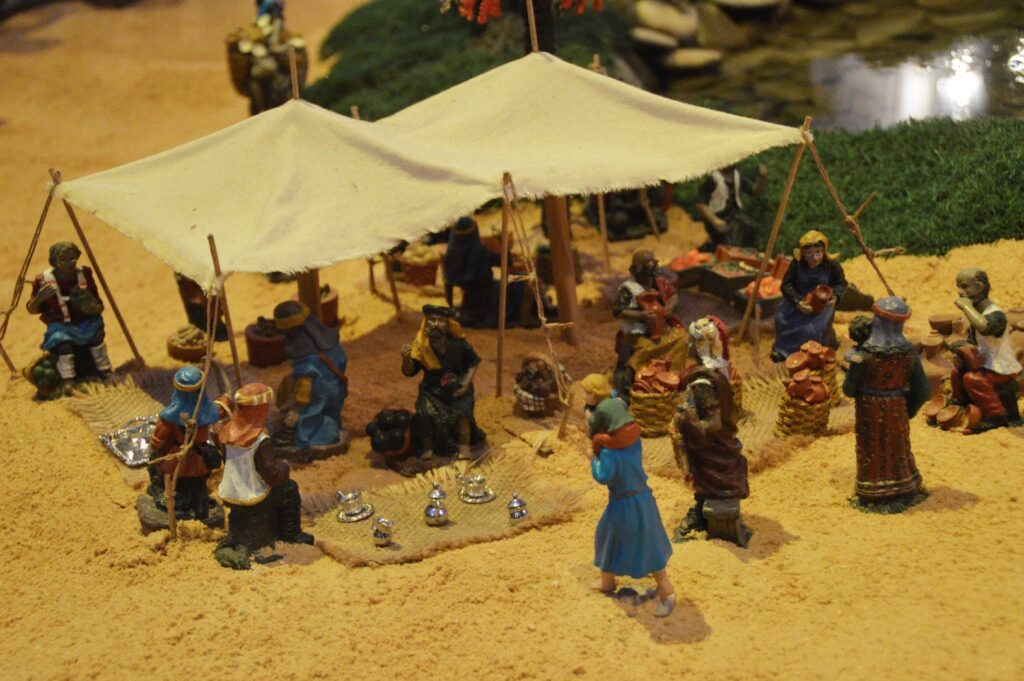
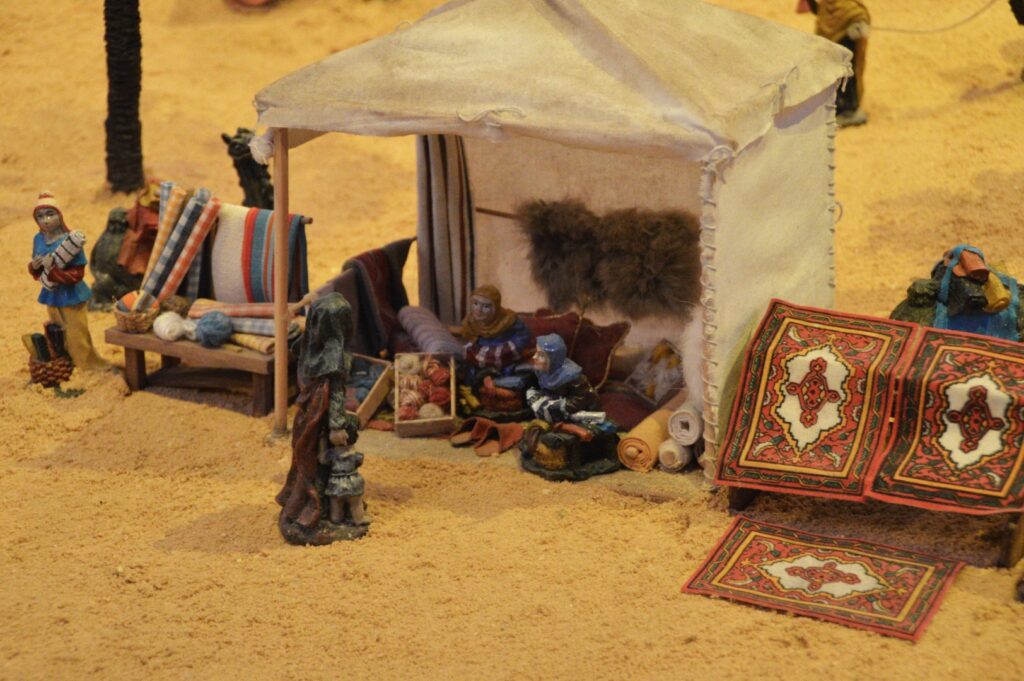
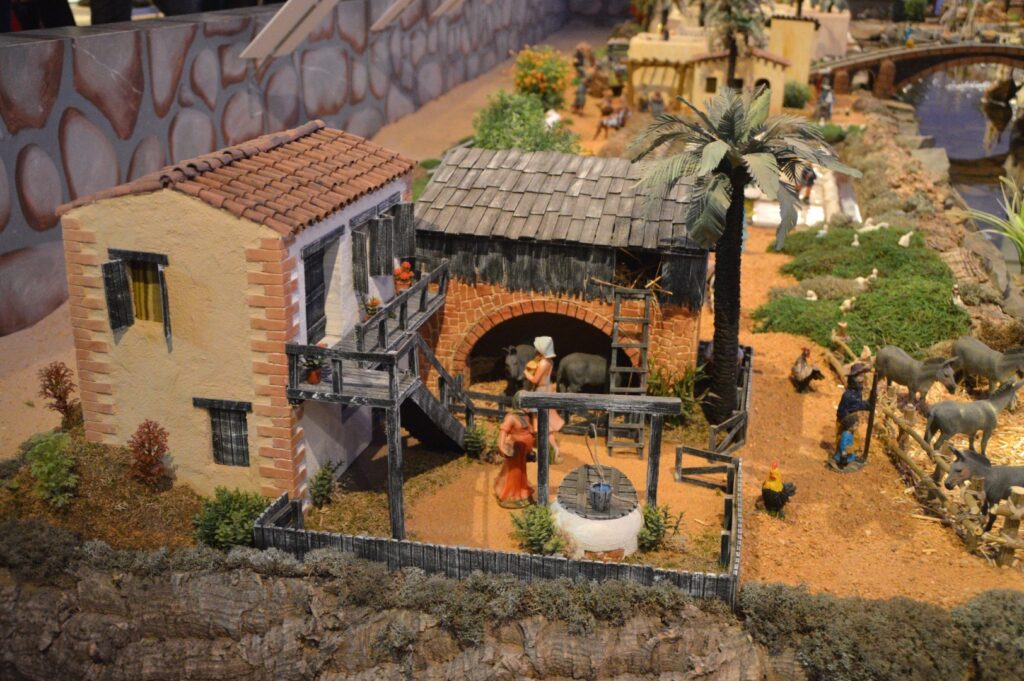
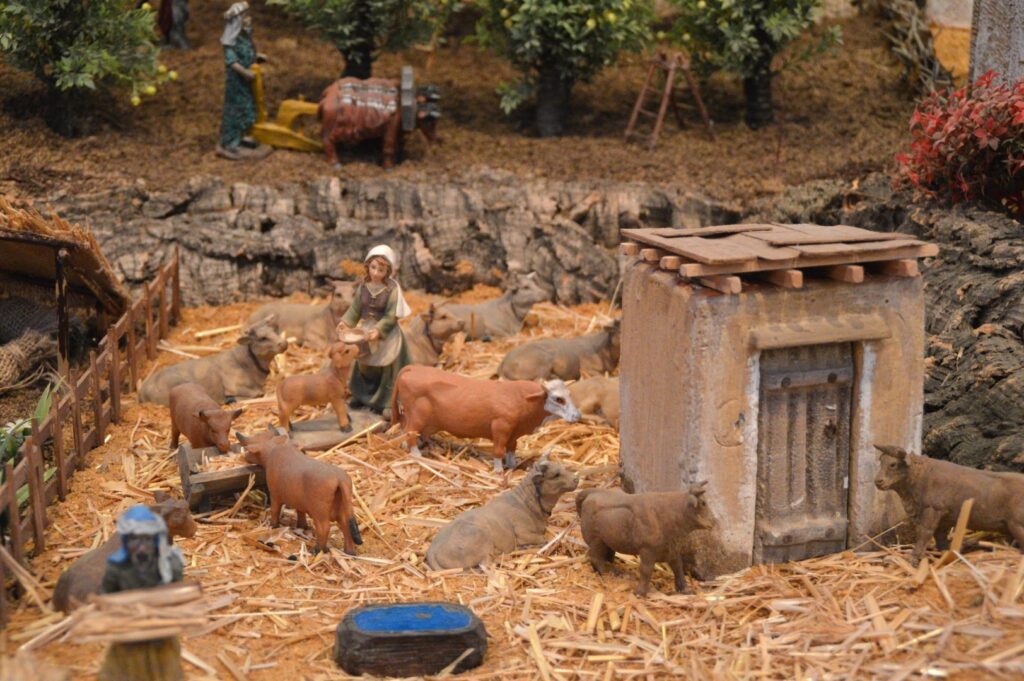
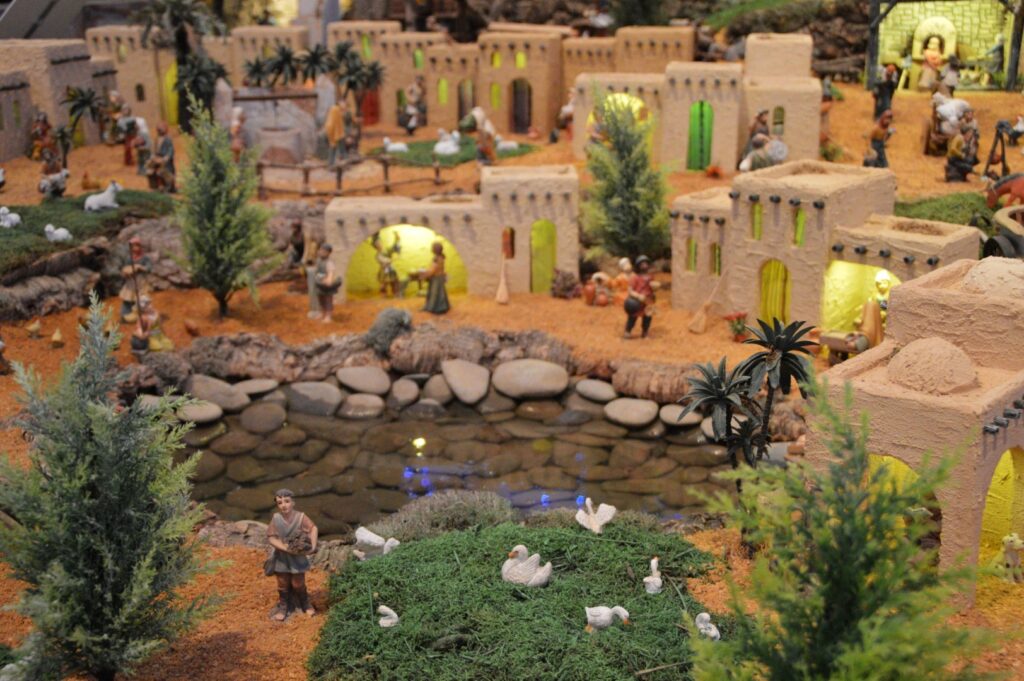
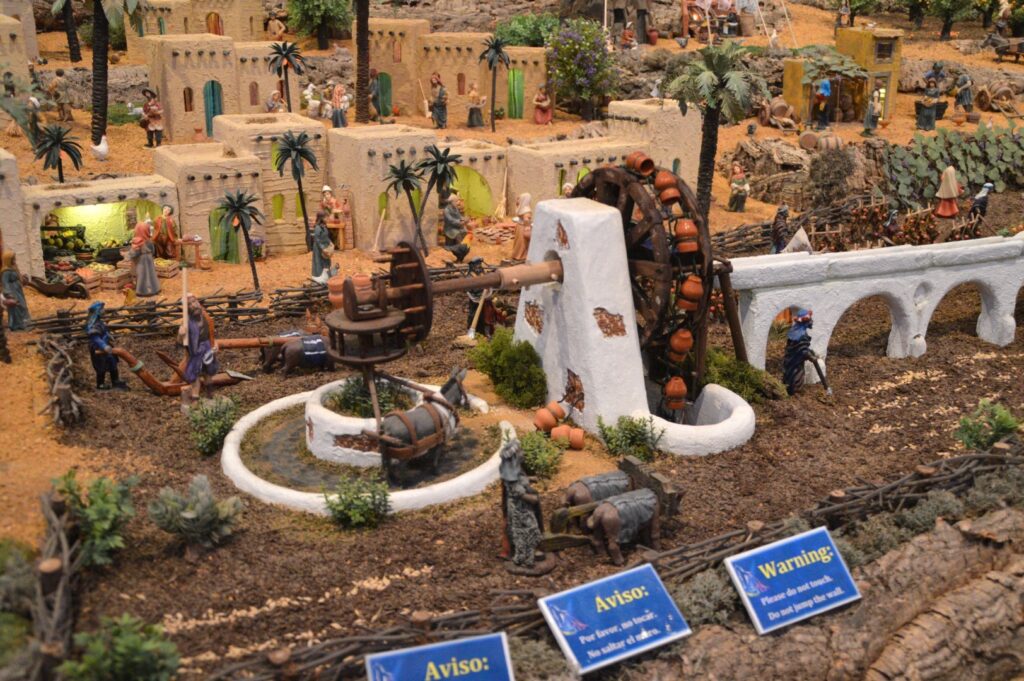
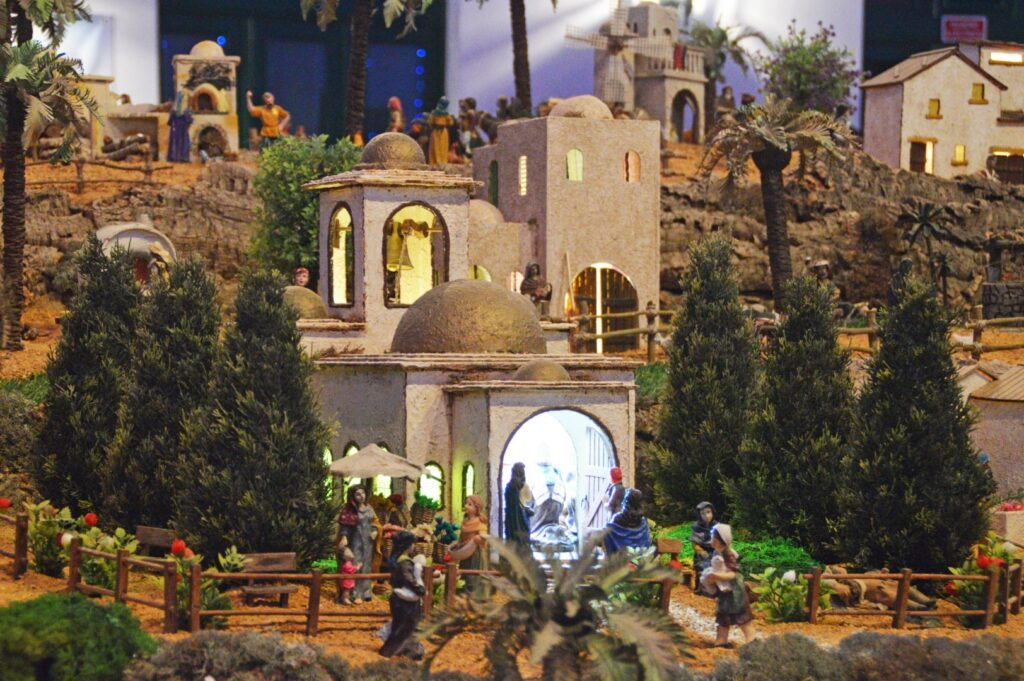
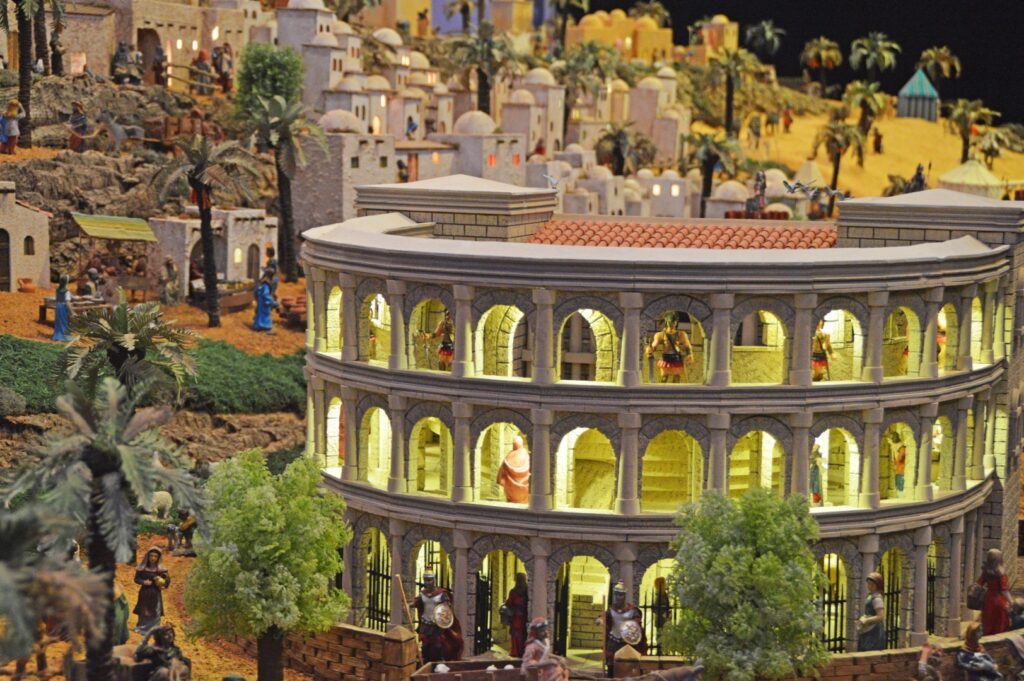
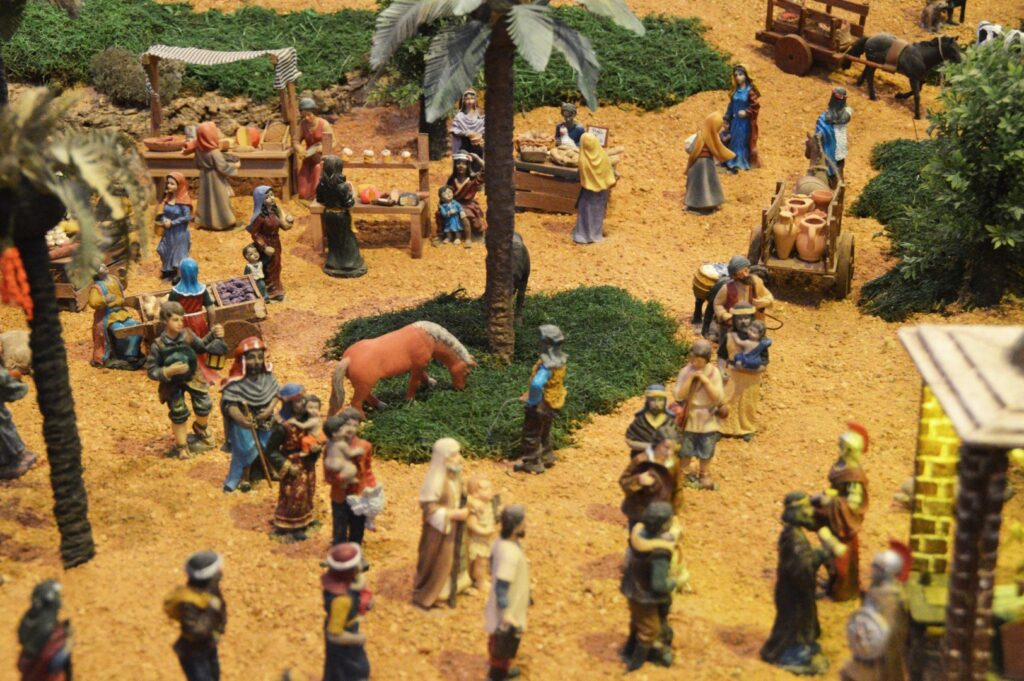
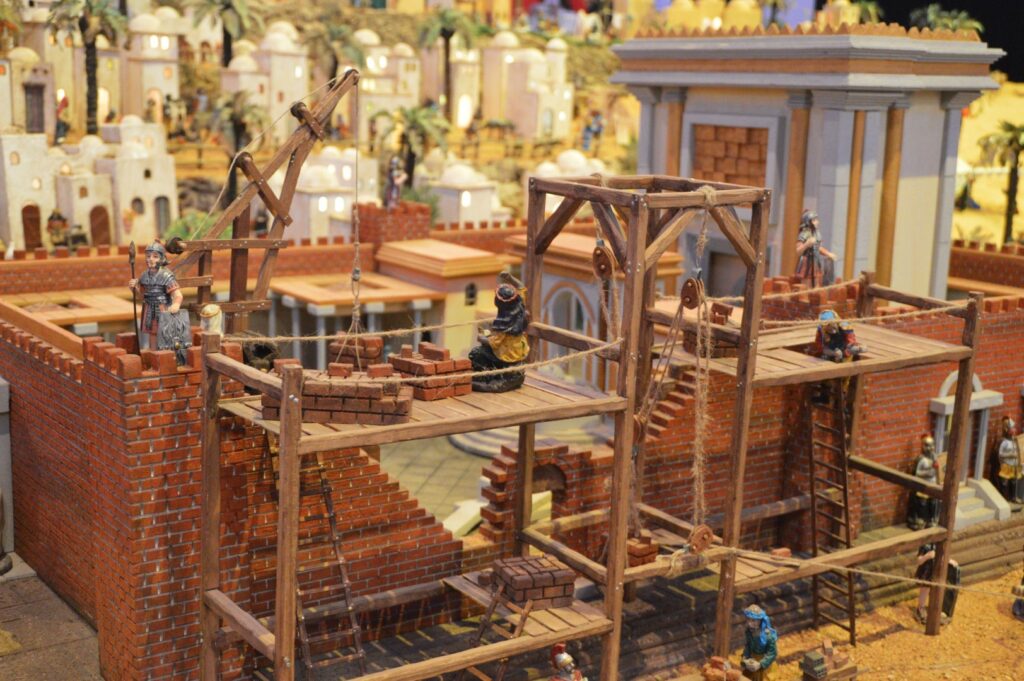
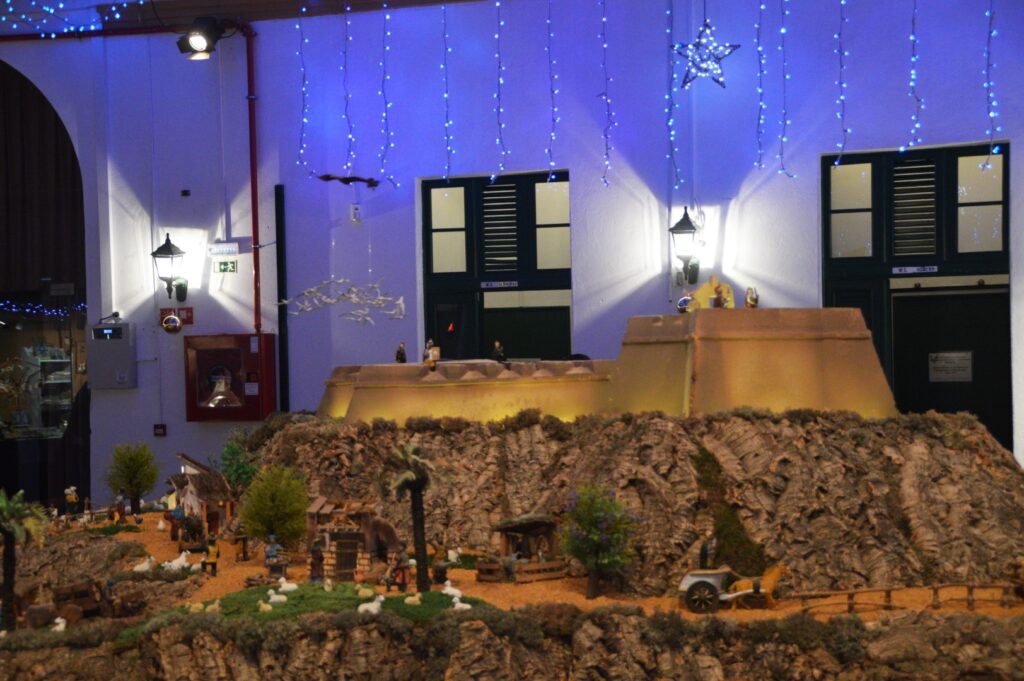
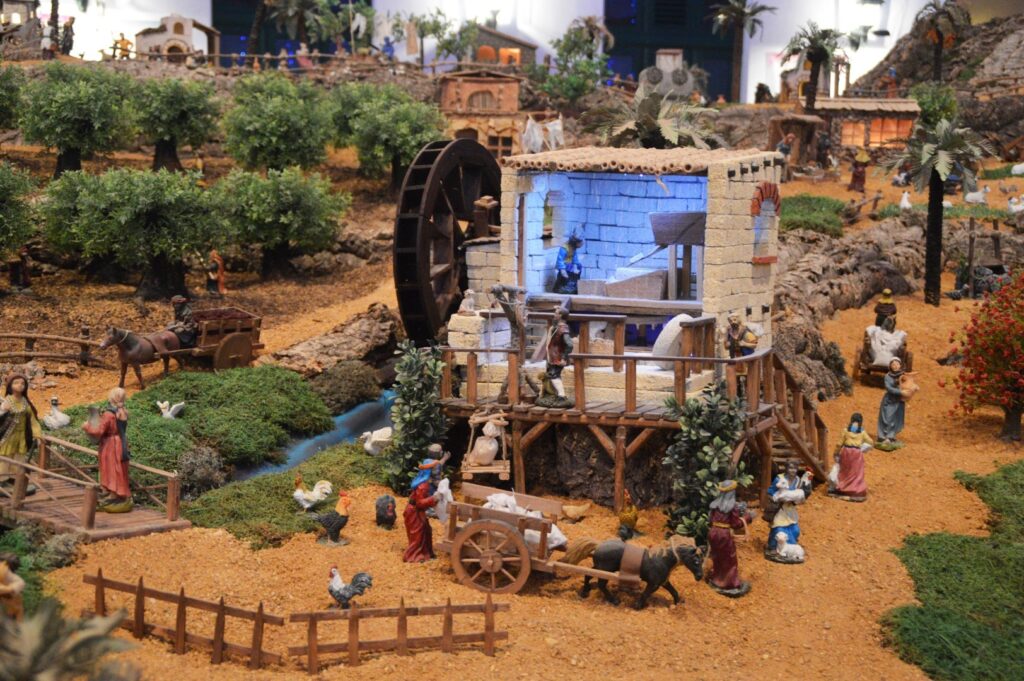
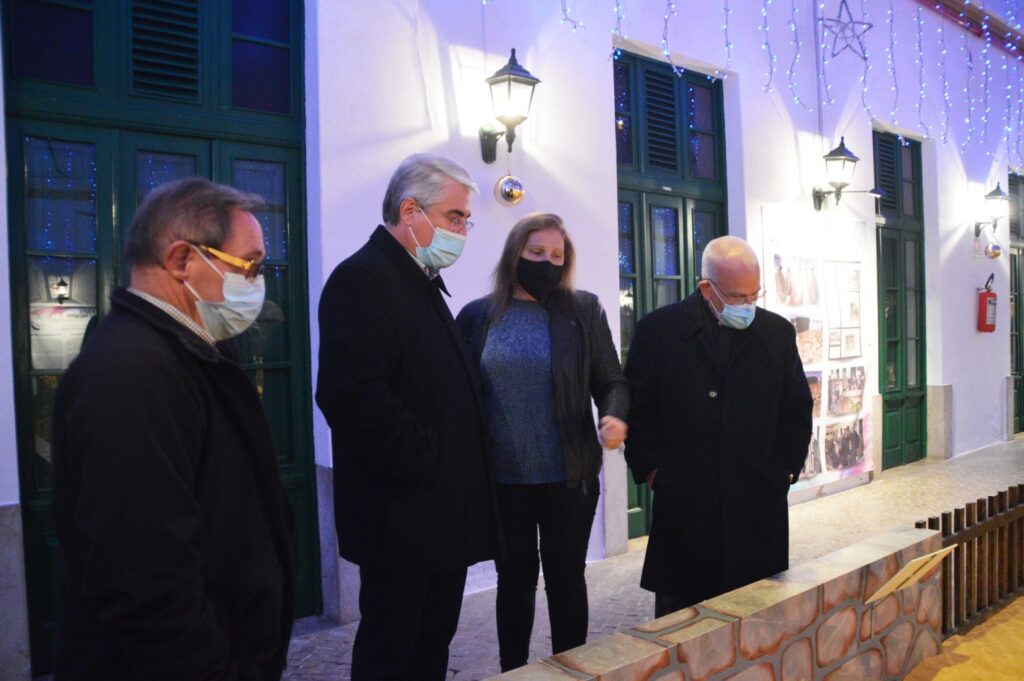
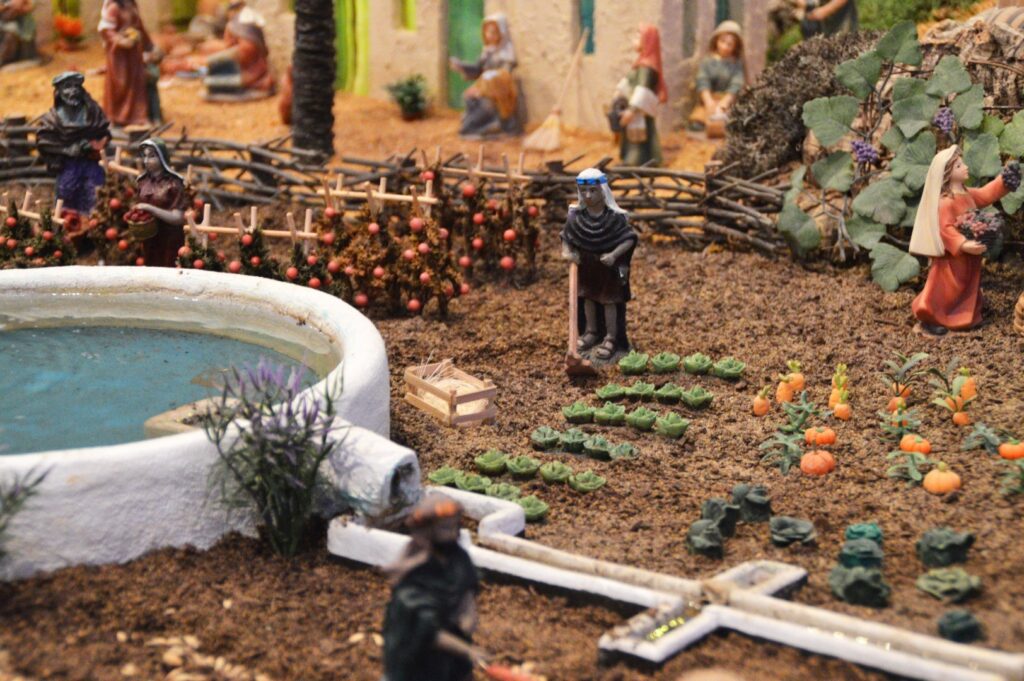
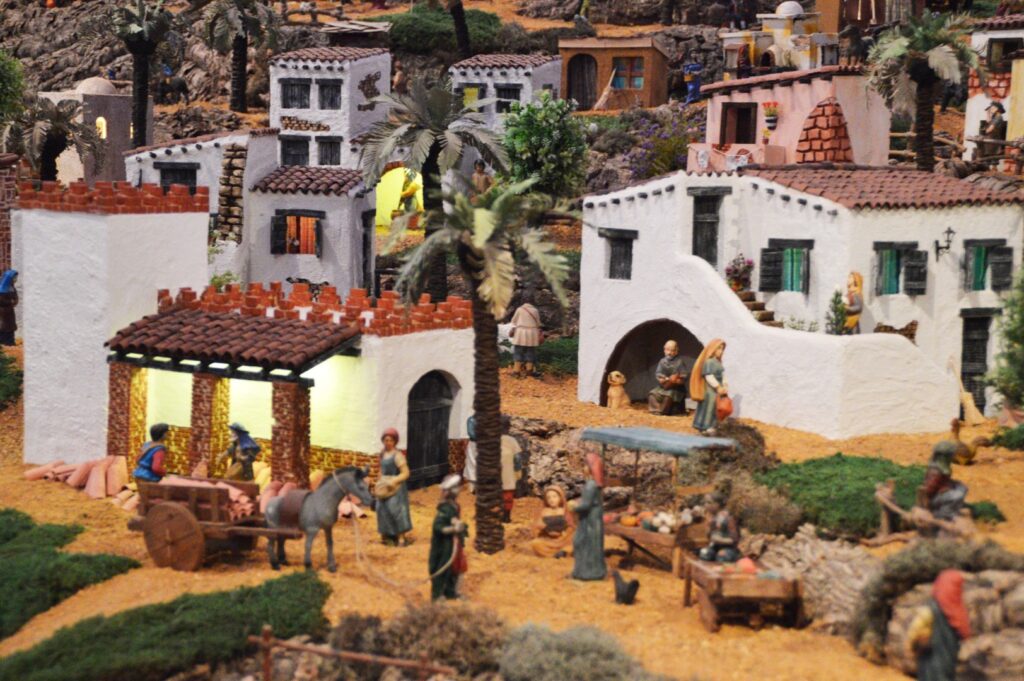
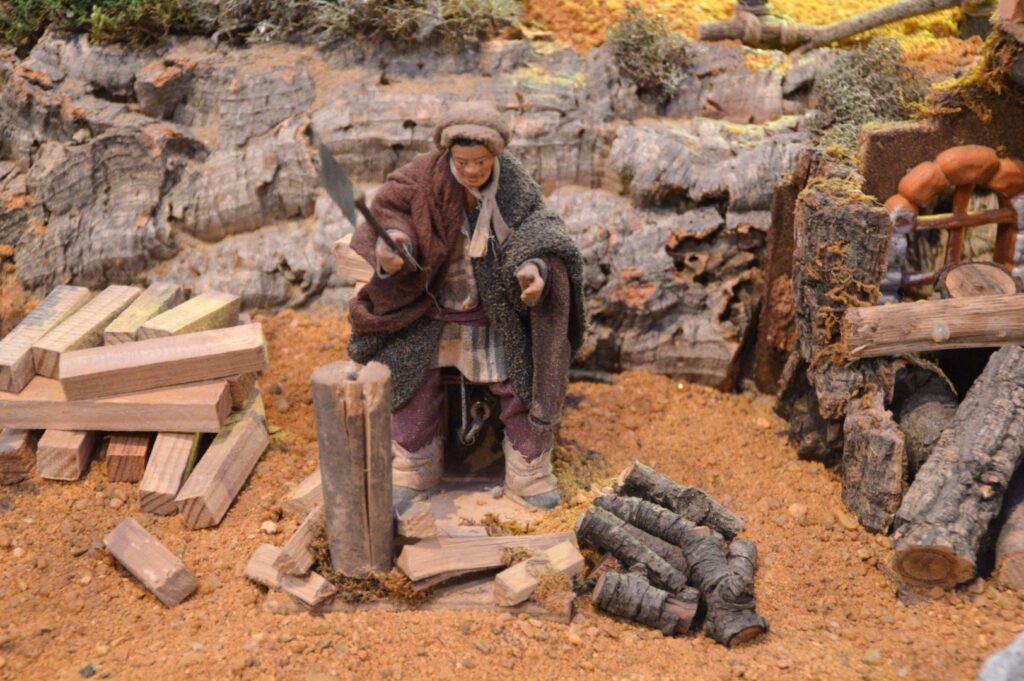
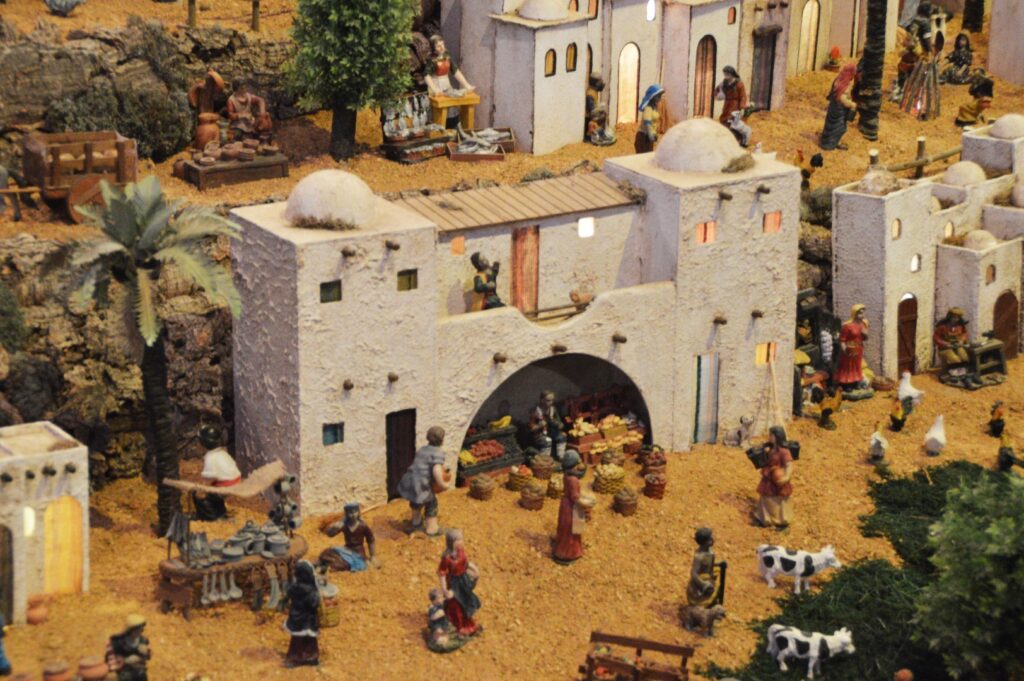
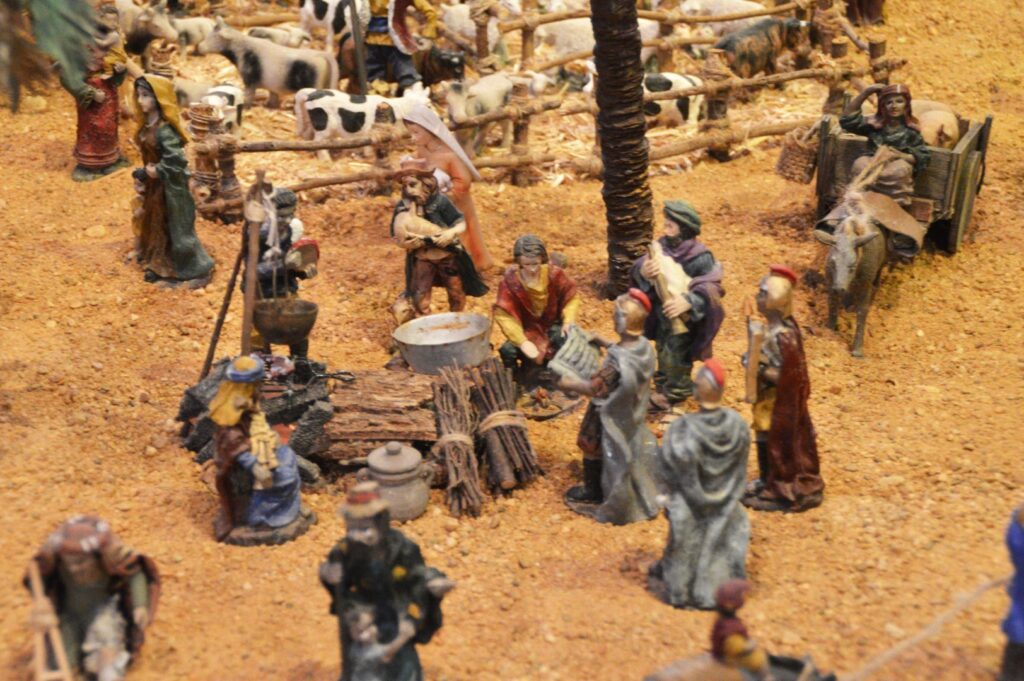
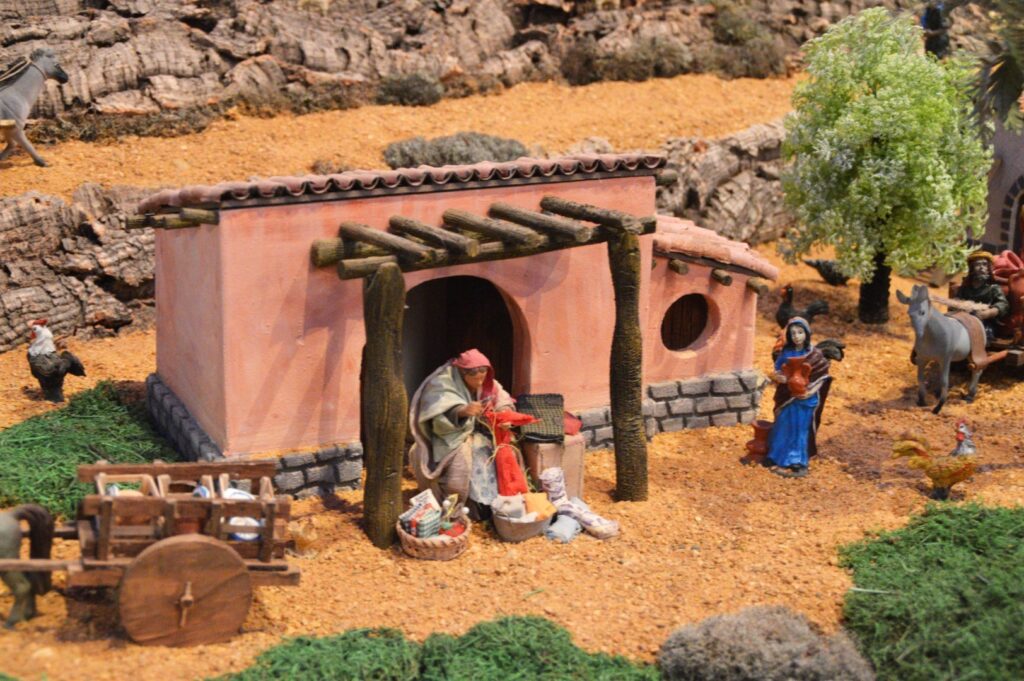
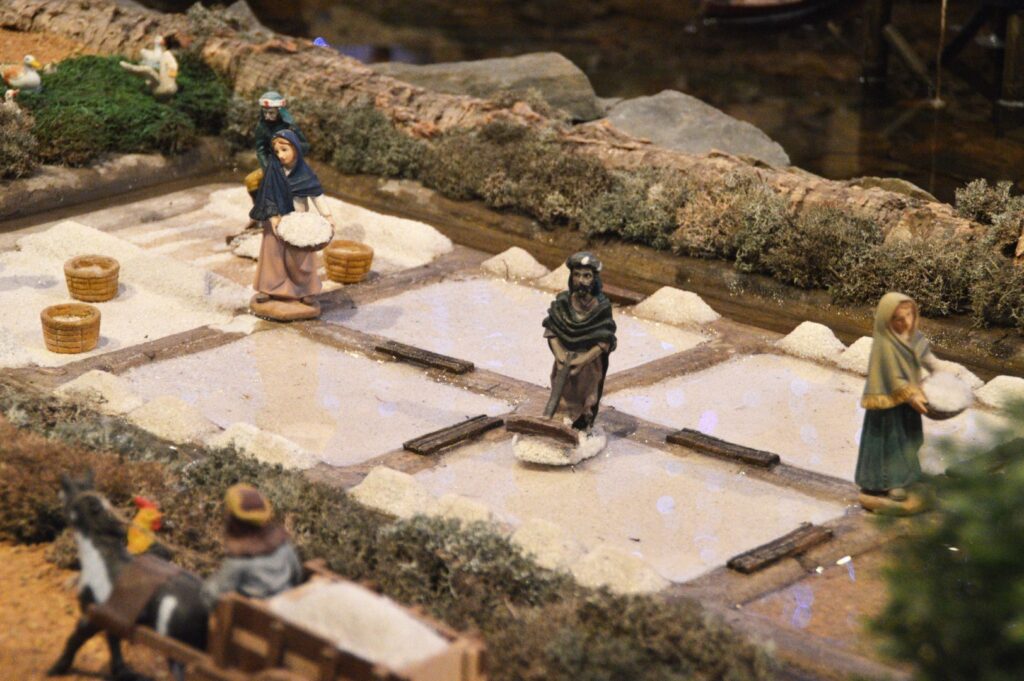
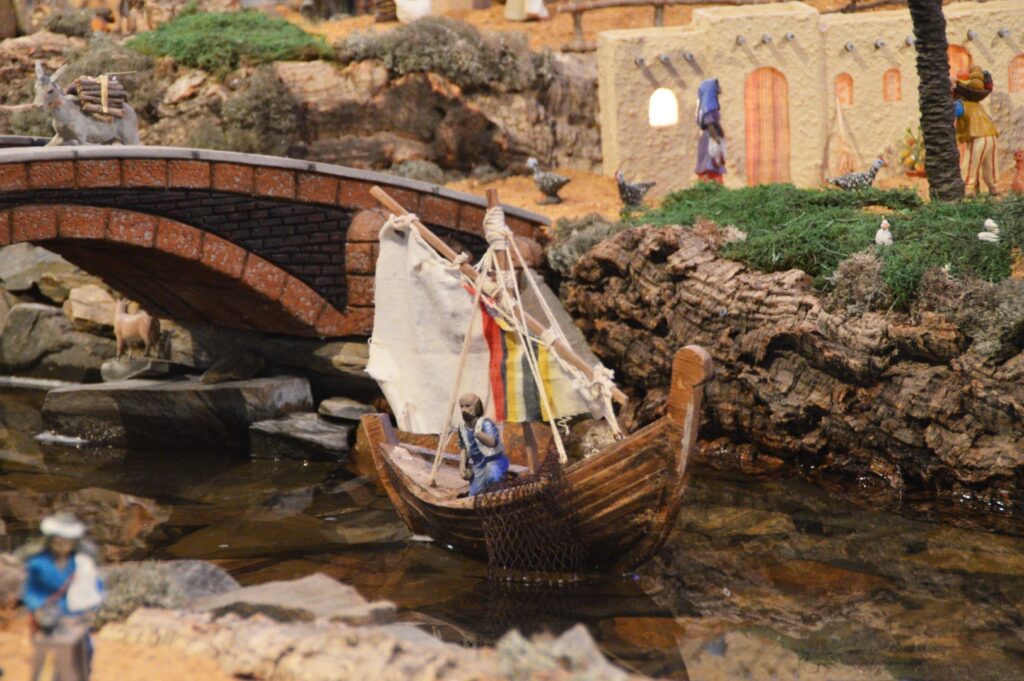
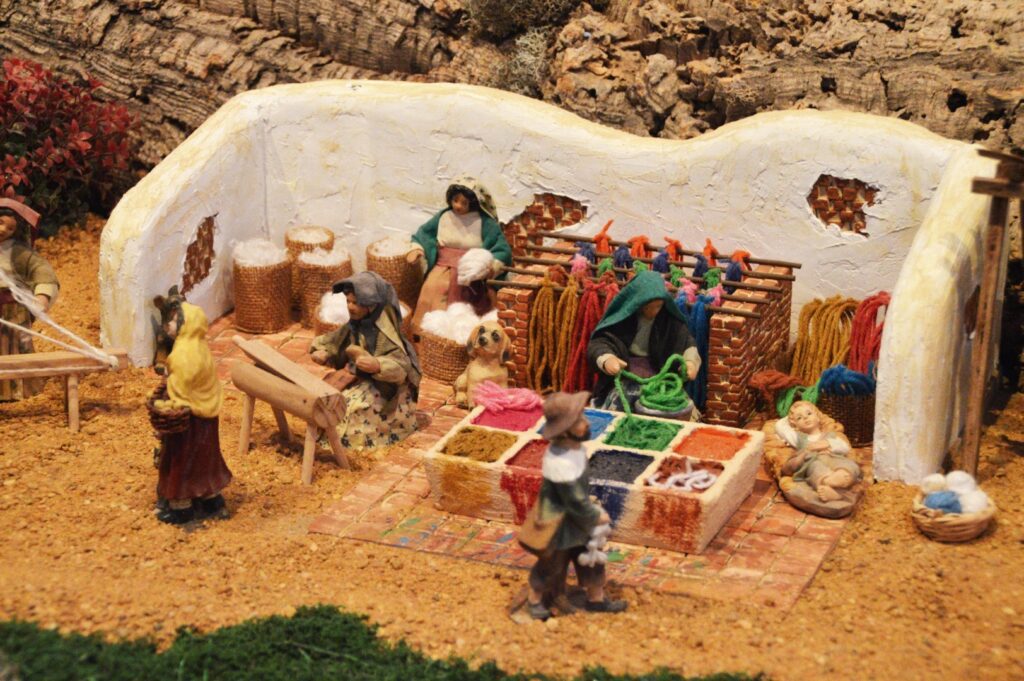
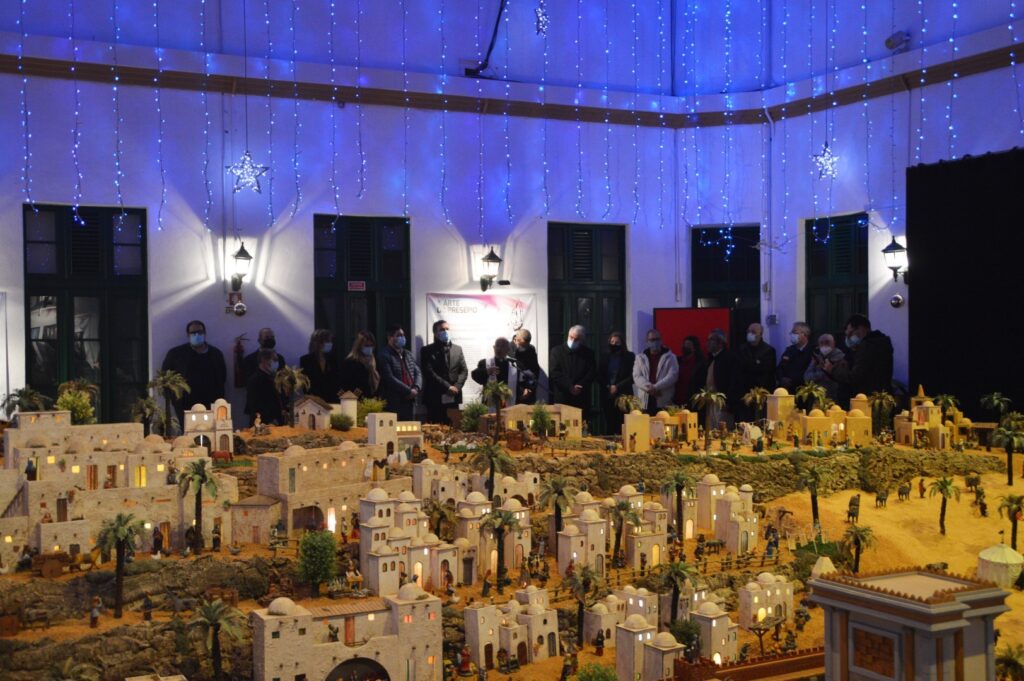
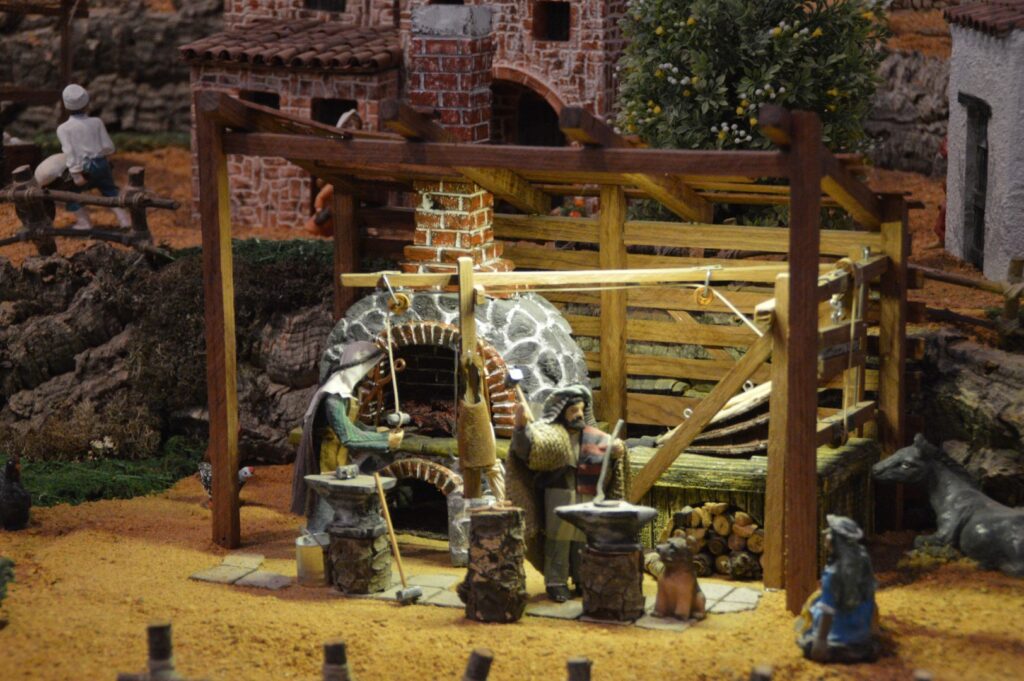
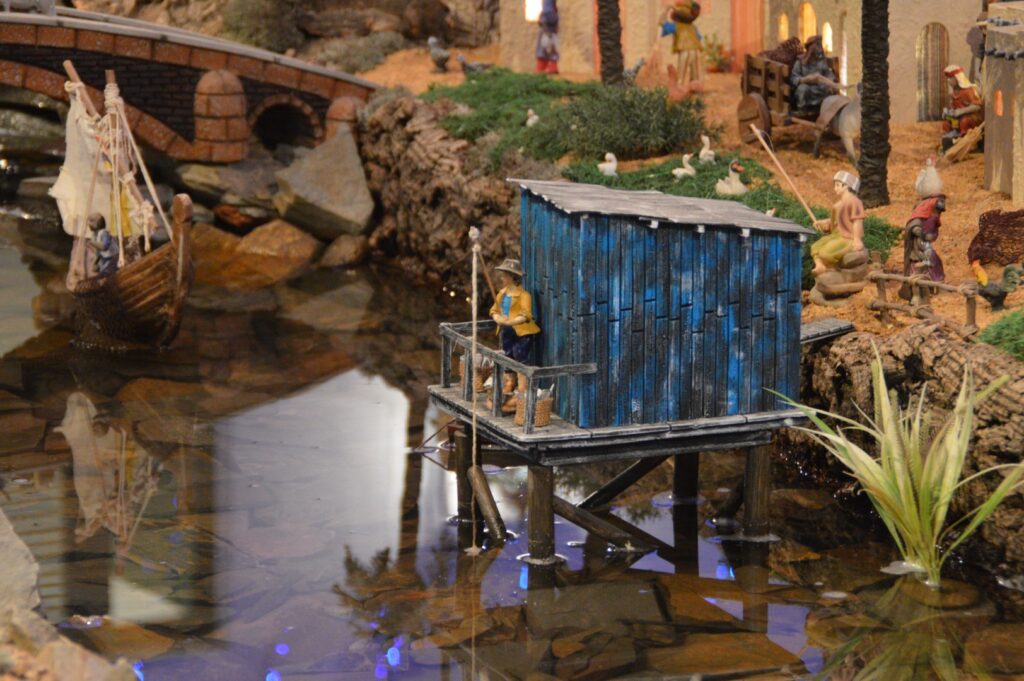

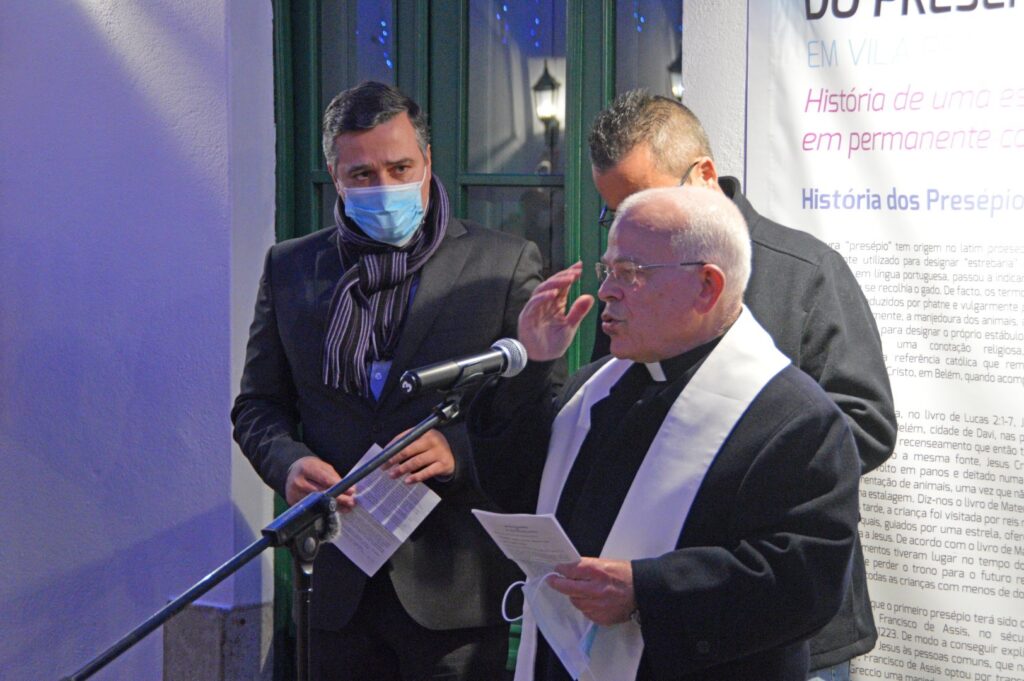
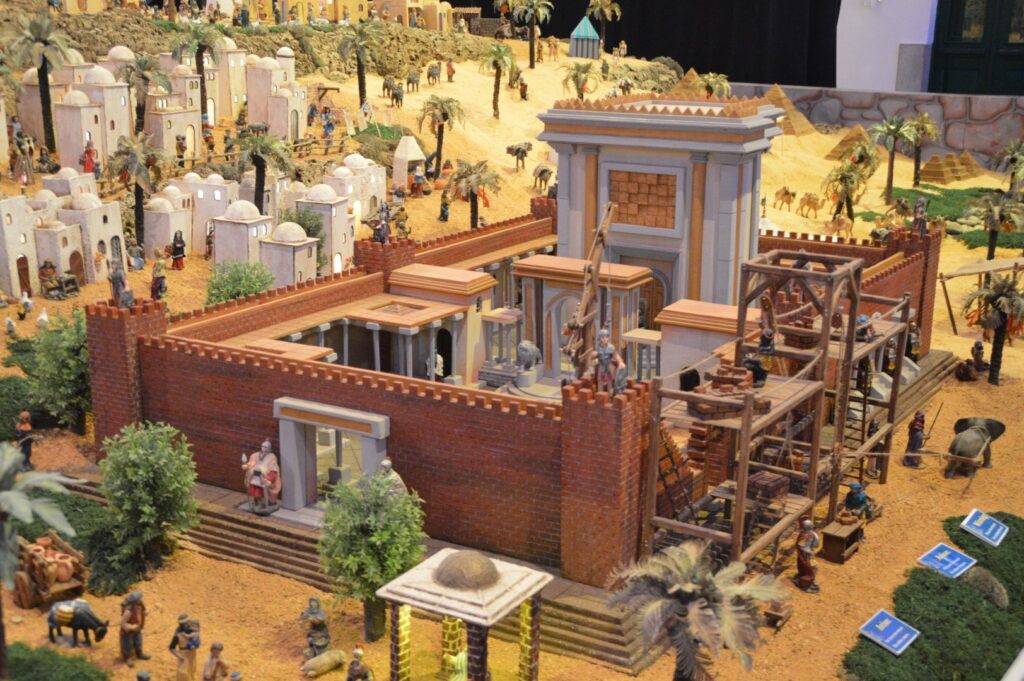
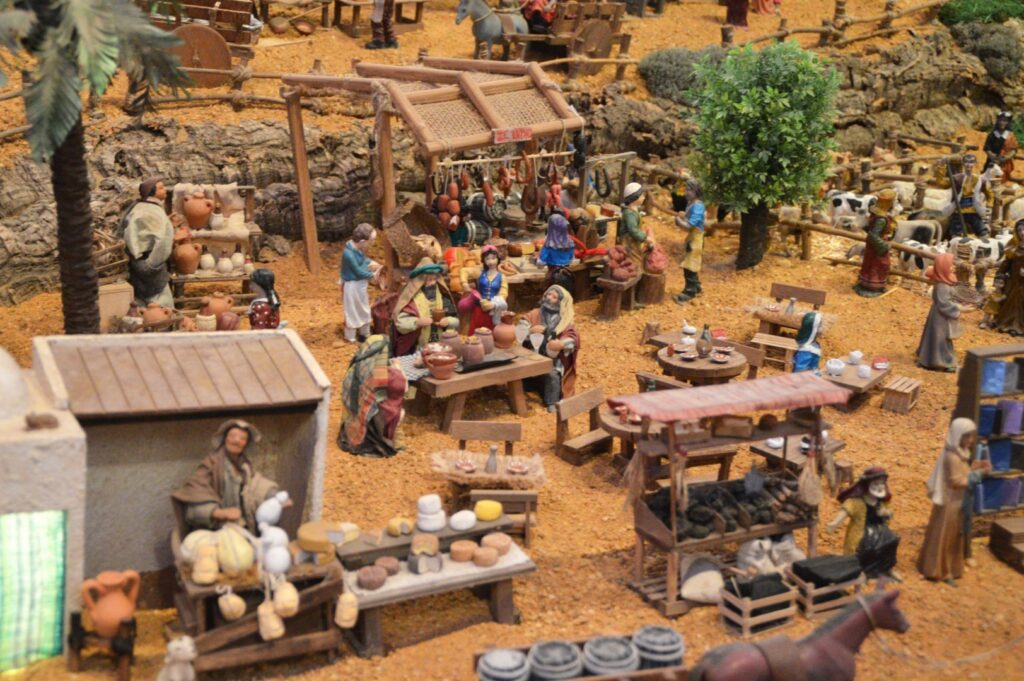
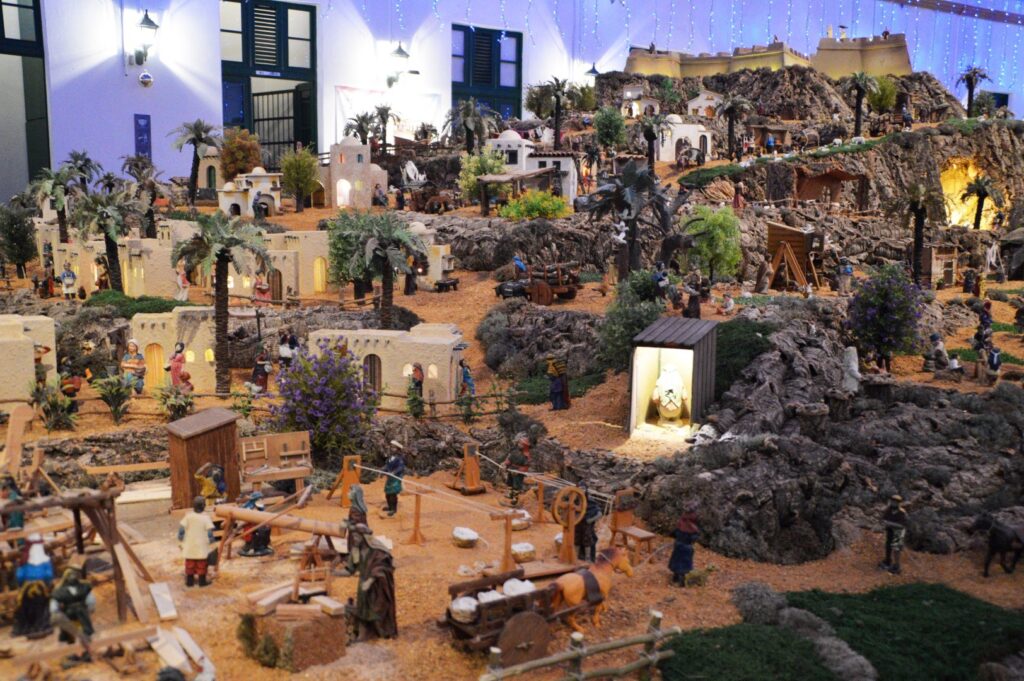
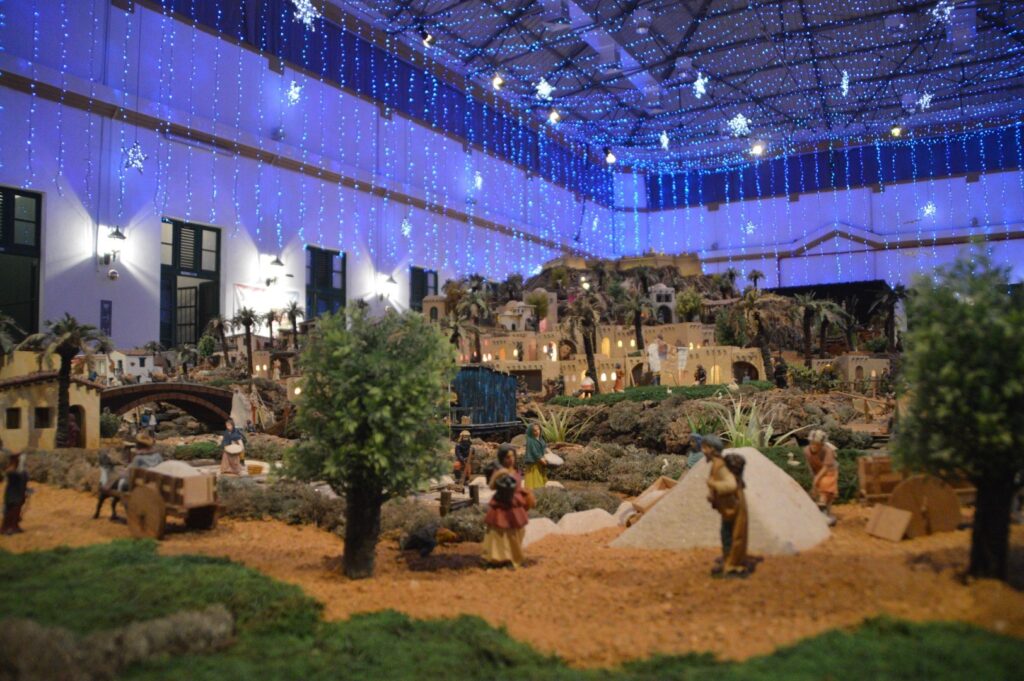

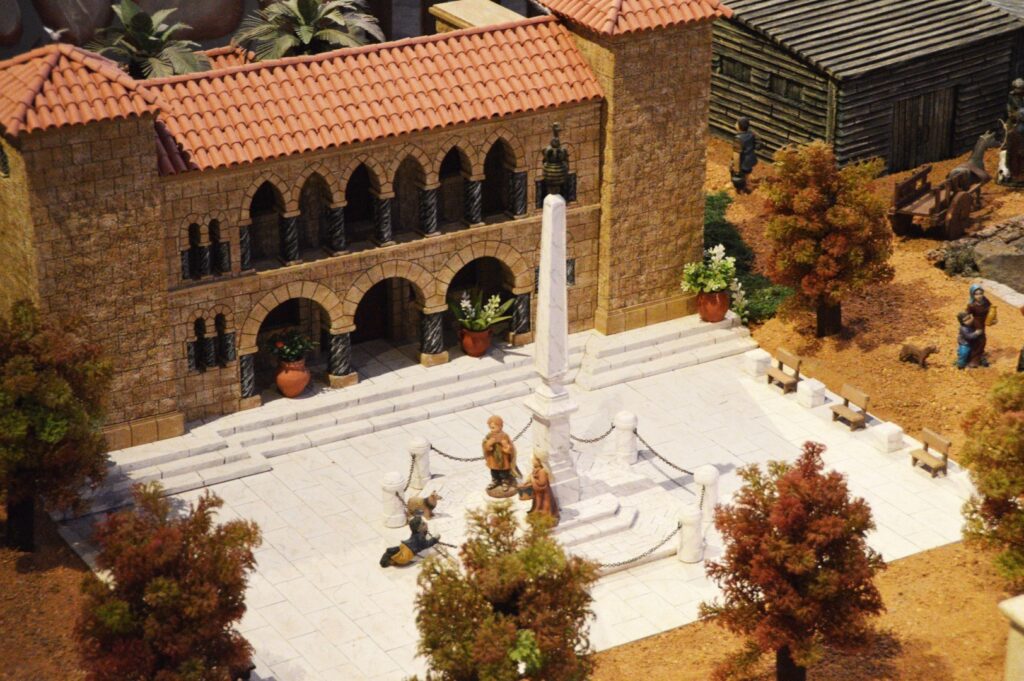
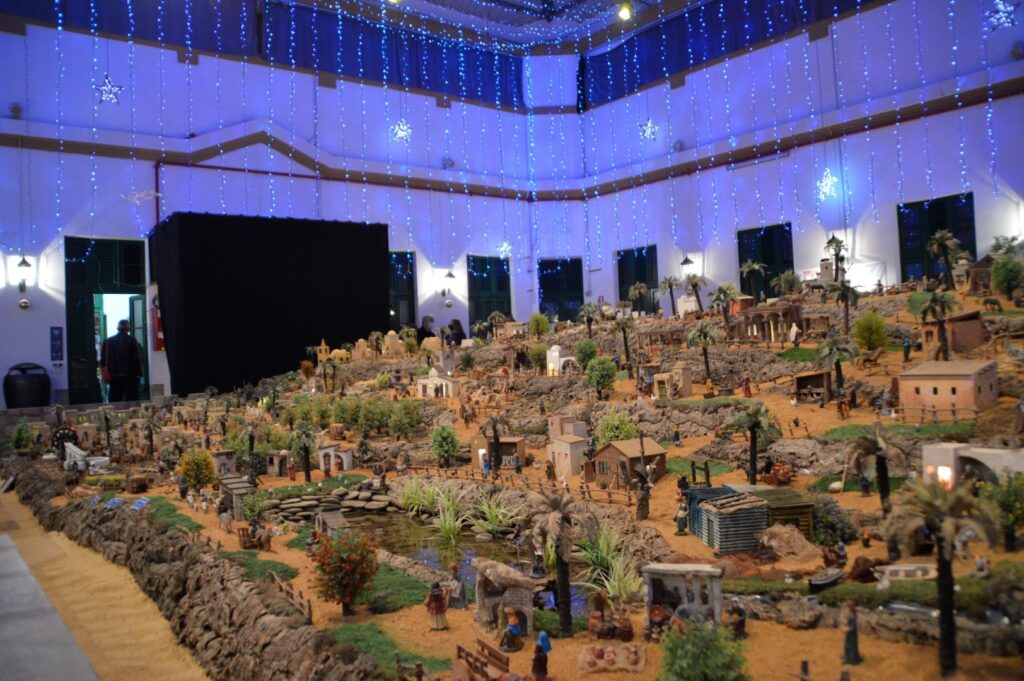
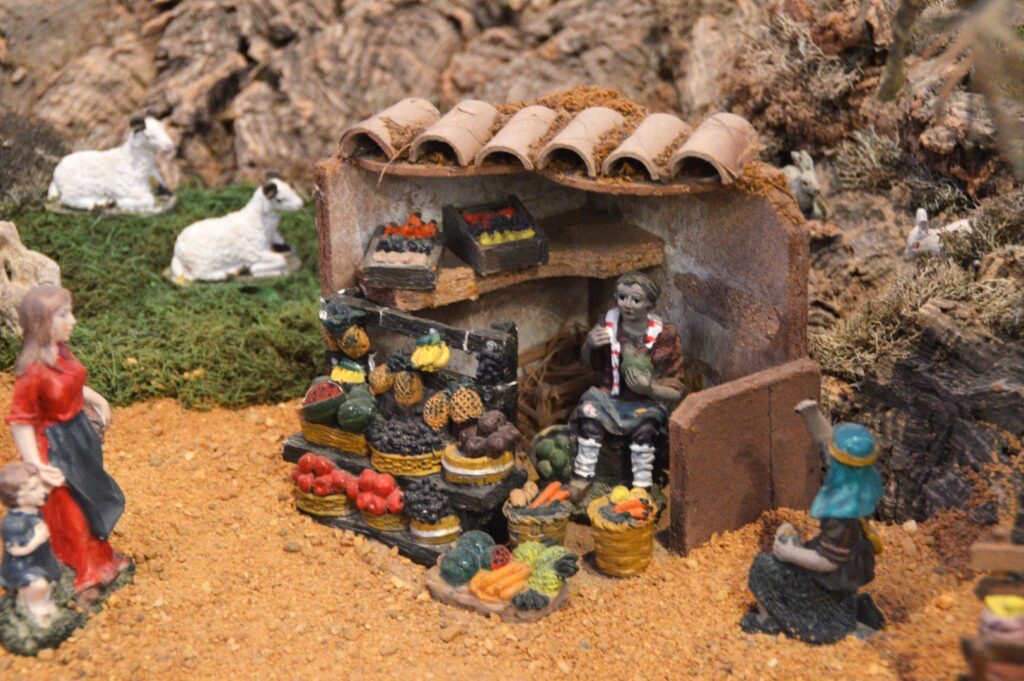
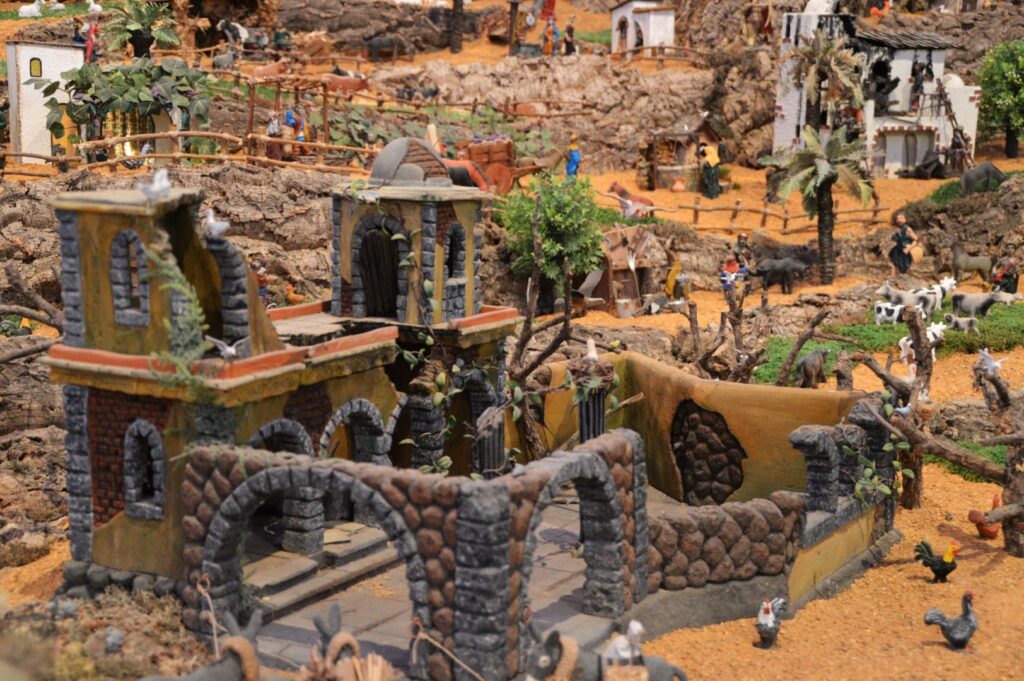
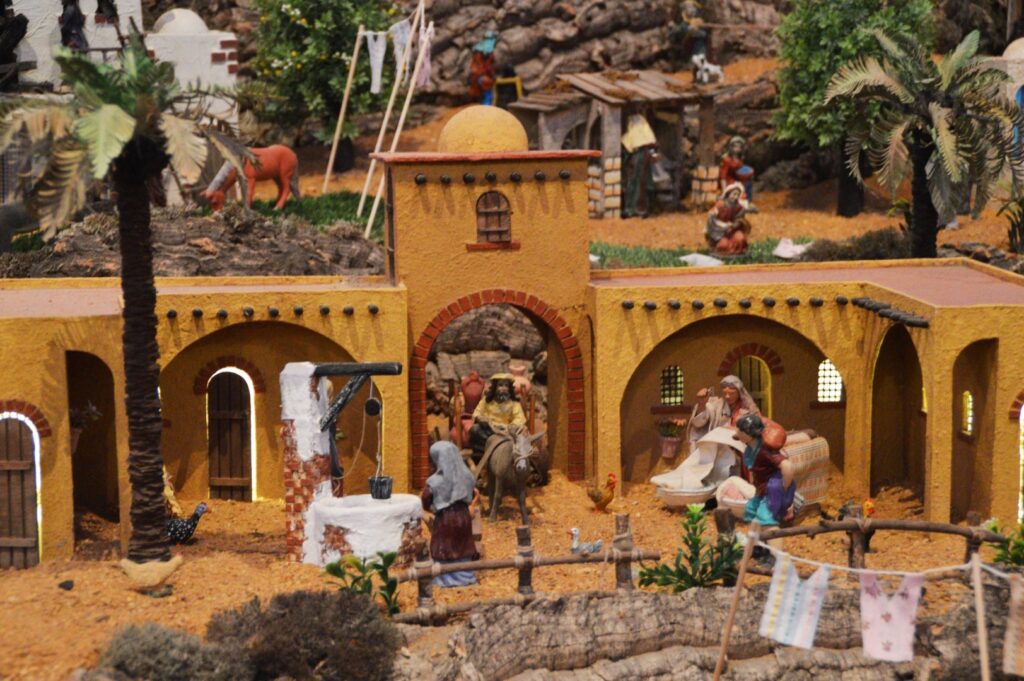
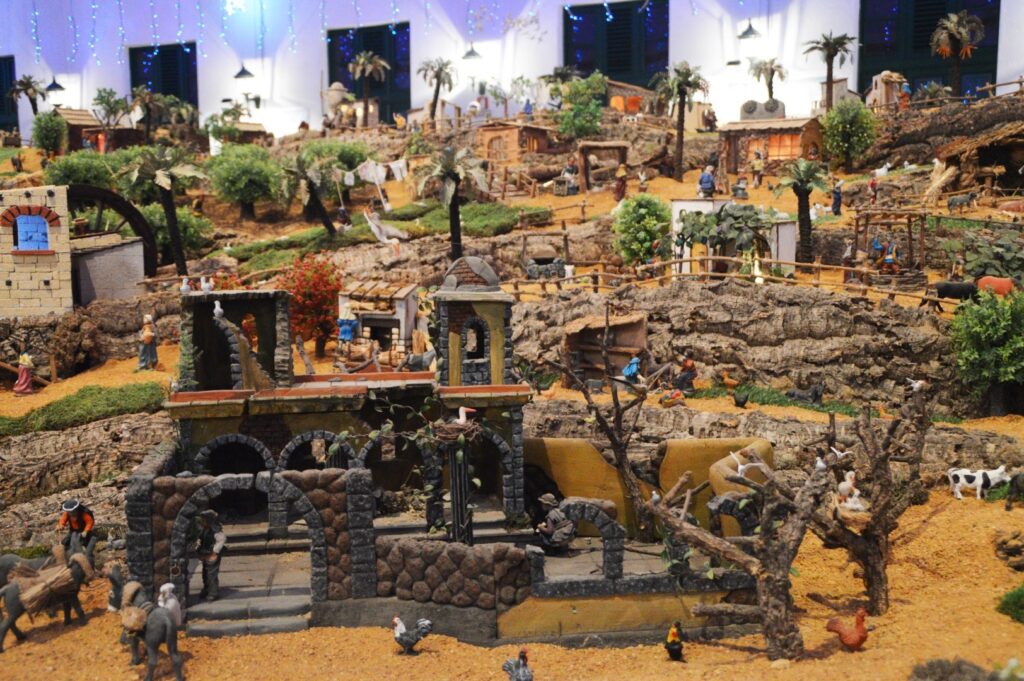
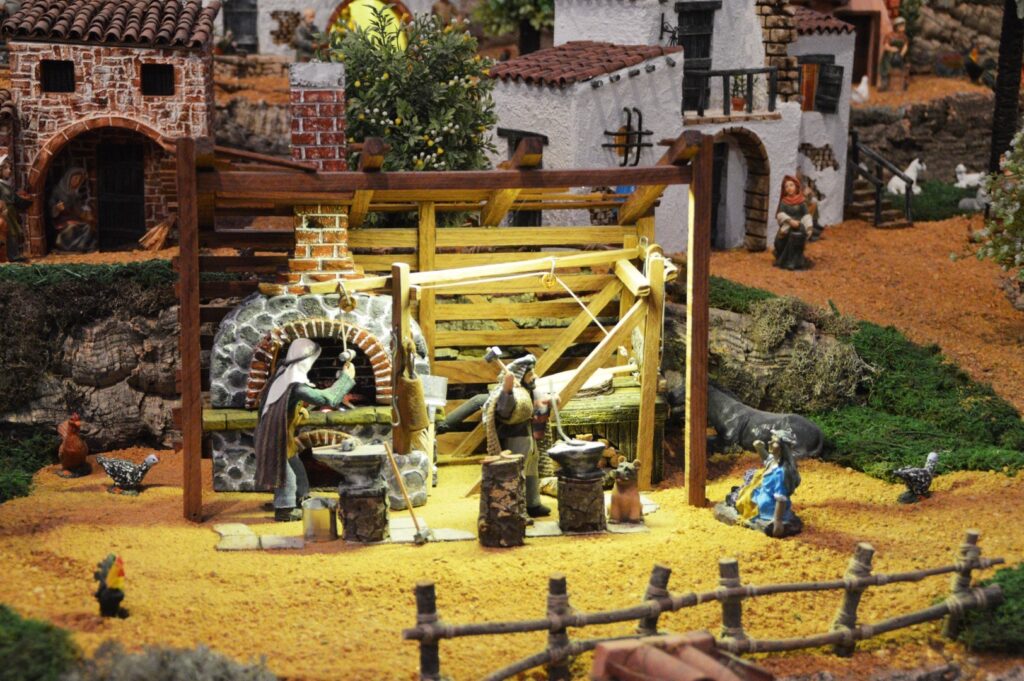
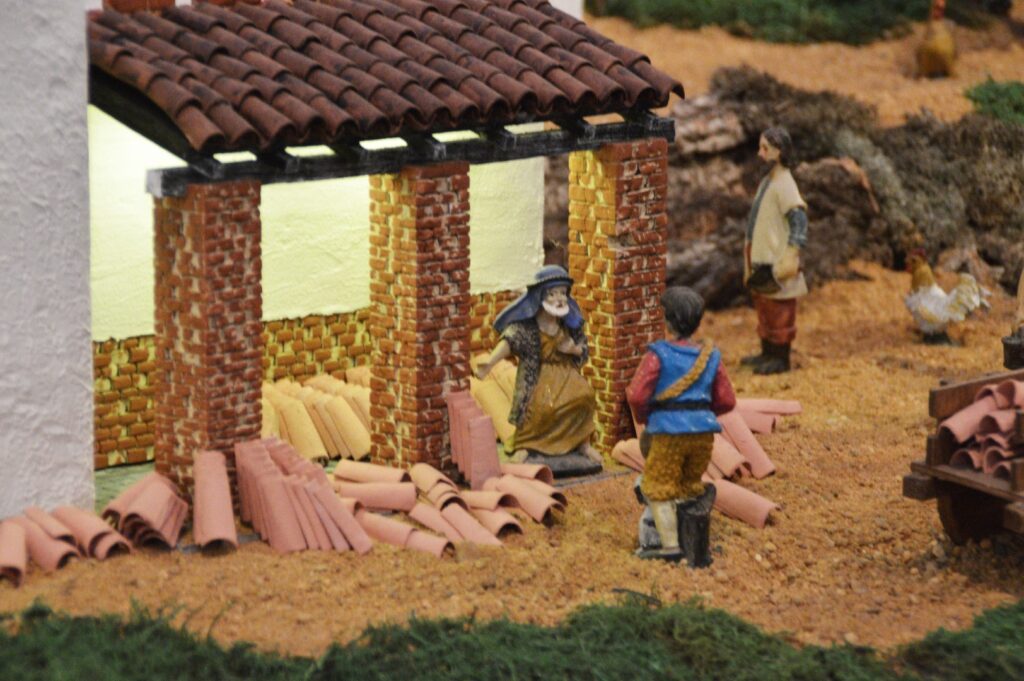
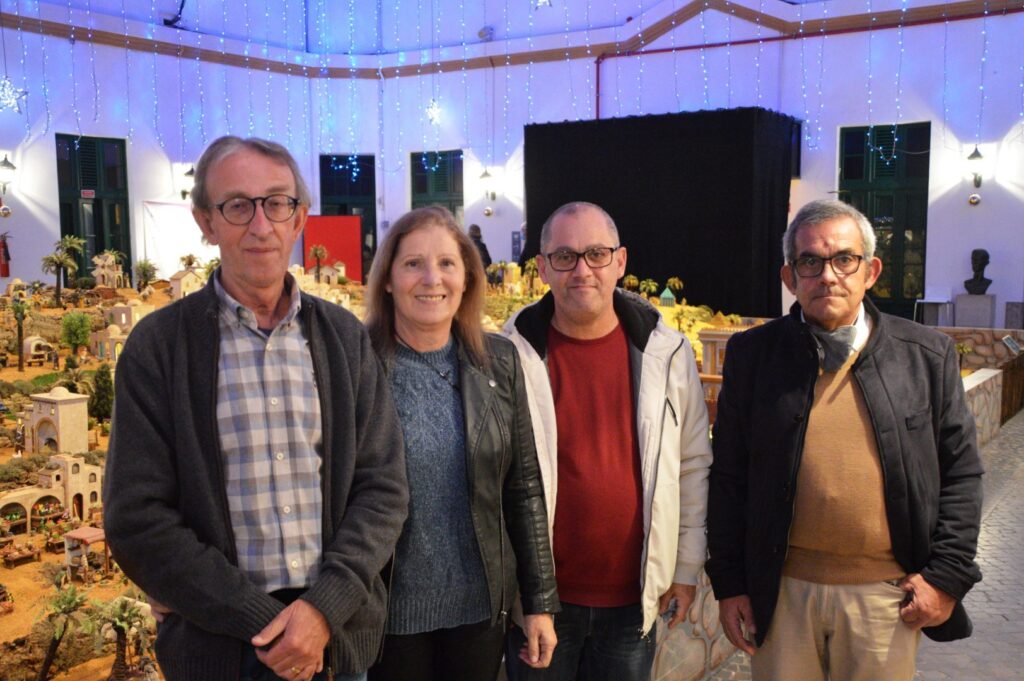



















Comments